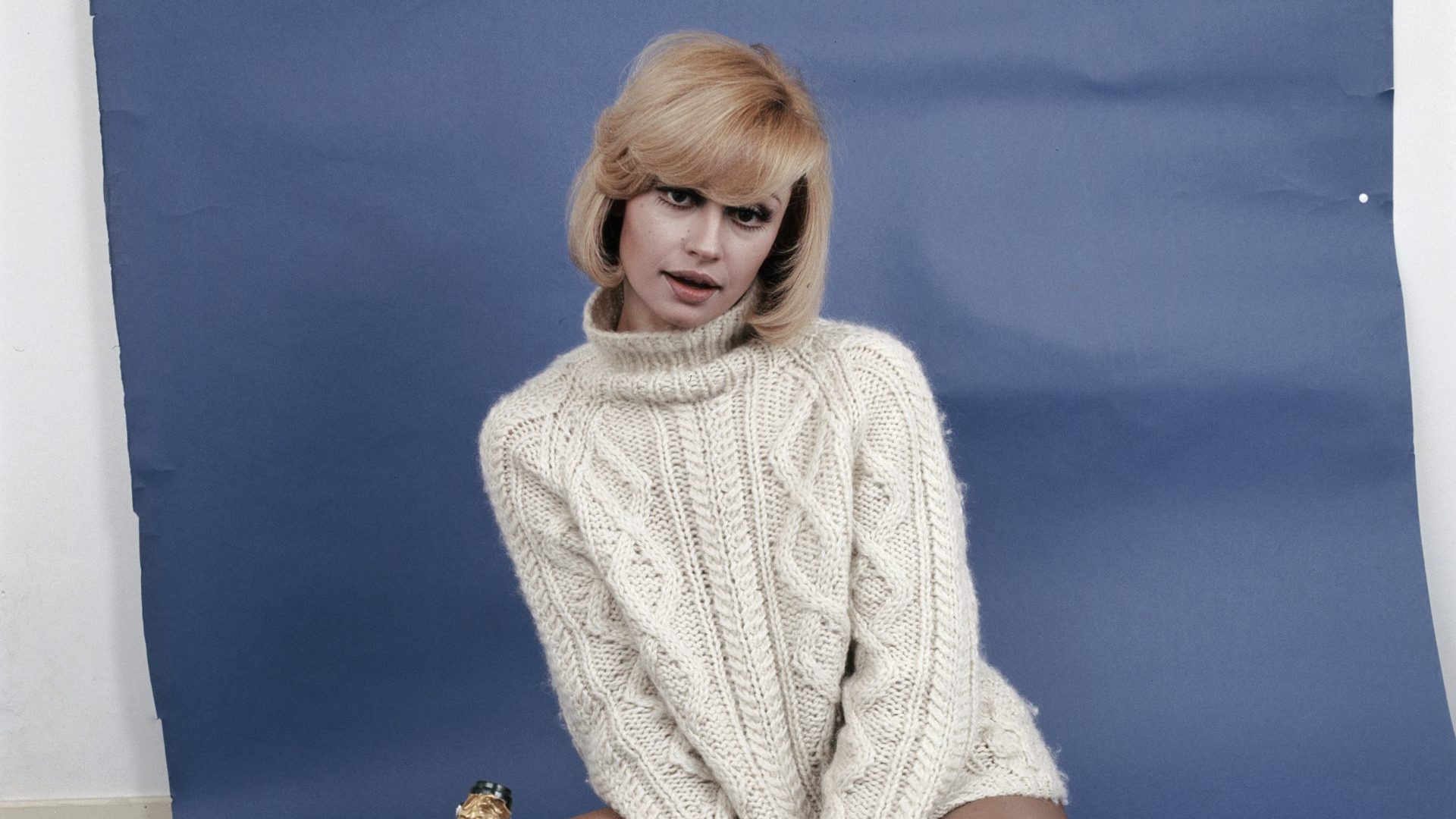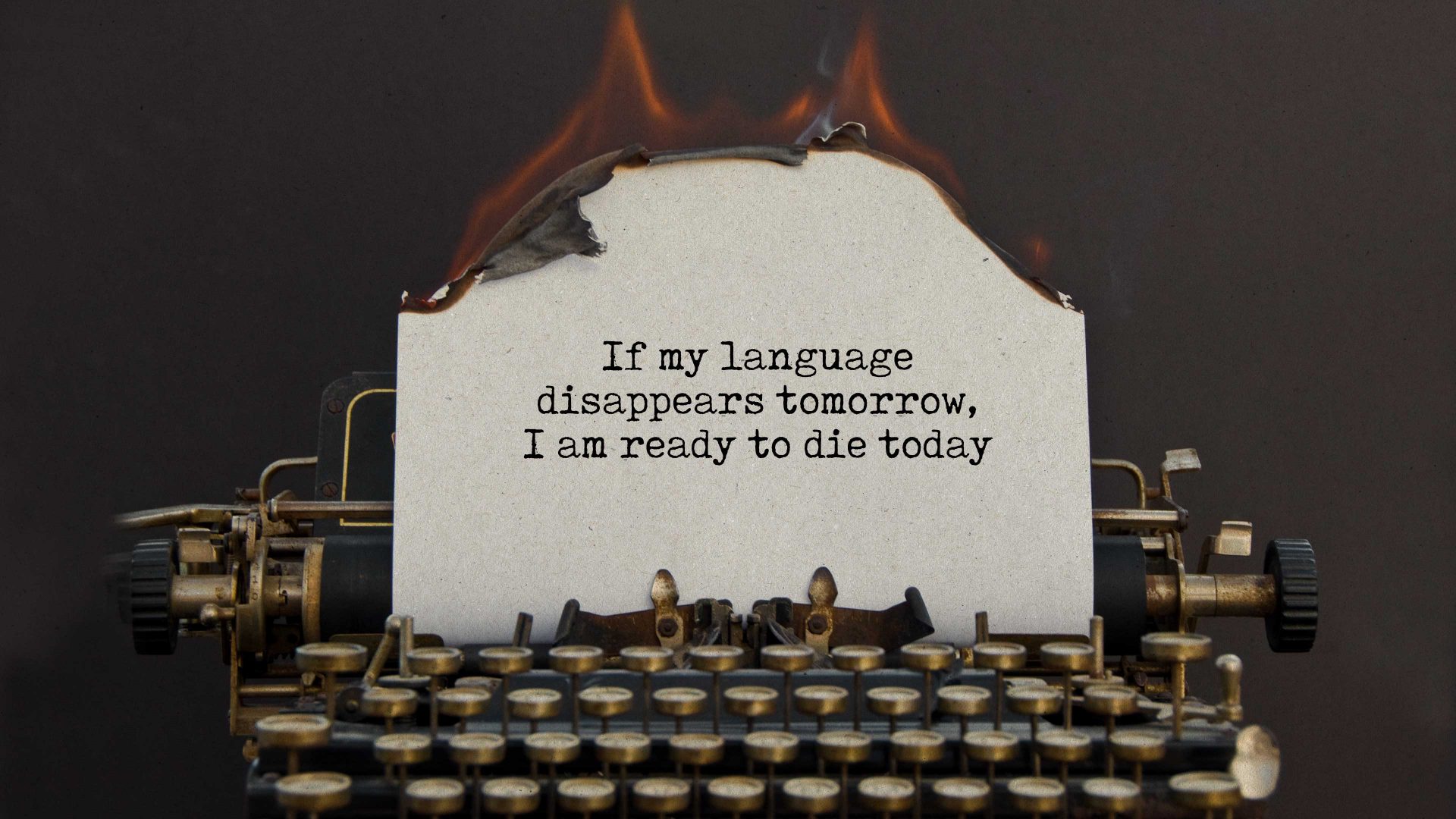On the evening of Saturday October 10, 1970, a sizeable portion of the Italian
population sat down in front of their televisions to watch the popular song contest and variety show Canzonissima. To a brassy soundtrack the programme title swept around a shot of the applauding audience, then the camera turned to the stage where a series of black and white discs rolled apart to reveal the show’s co-host, Raffaella Carrà, arms spread wide, singing the opening lines of the theme song Ma che musica maestro.
As she strutted forward, smiling and singing, across the nation people sat bolt upright in their armchairs. The song was fine, the band was fine. There was no problem with the performance. What caused this moment of national consternation was Carrà’s outfit.
She wore tight-fitting white trousers and a matching top, sleeveless other
than thin straps wound around her arms. All fine in itself, but between them, right in the centre of the screen and the centre of the singer, was a
midriff. A bare one. An expanse of skin from ribcage to waistband entirely
uncovered, with a belly button front and centre.
Western Europe may have just exited the most progressive decade in its history but in conservative, Catholic Italy the brazen display of the Carrà
middle during a flagship family television show caused a sensation. For
days the newspapers raged and the clergy fretted. It took weeks for the brouhaha to subside.
Then, a year later, Raffaella Carrà did it again.
For the 1971 edition of Canzonissima, Carrà bared her midriff to perform the song Tuca Tuca, which means “Touch, Touch”, with the male dancer Enzo Paolo Turchi. The routine involved the pair singing to each other while playfully tapping the knees, hips, shoulders and cheeks of the other.
Despite the performance being about as erotically charged as a Bavarian folk
dance – there was no physical contact beyond carefully choreographed, arms’-length, open-handed taps at the appropriate moments in the song – once again Carrà was cast as a pariah demolishing the morals of the nation.
When the Vatican wagged its finger in the direction of RAI, the national broadcaster was intimidated into banning Tuca Tuca from its screens, albeit briefly until the film star Alberto Sordi refused to appear on the show unless it was reinstated.
One run-in with the moral guardians of a nation could have spelled the end
of many a performer. But two? A year apart? Career suicide, surely?
She was denigrated as a “one-hit wonder” and compared to a glass of champagne gone flat, but Carrà not only survived, she flourished. She became one of Italy’s best-loved television personalities and most successful recording artistes, selling 60 million albums and at one point in her career commanding a television audience comprising almost half the population of Italy.
There were better singers than Carrà, better dancers and better actors, but there was something about the woman with the blonde bob and boundless
energy that appealed to huge and varied sections of the population.
Considering she emerged into a nation polarised politically, socially and
culturally her wide appeal was a remarkable phenomenon. People loved her young and old, on the left and the right, in the prosperous north and struggling south and among the churchgoers and the secular.
Yet, as her belly button flaunting at the dawn of the 1970s showed, Carrà was no bland crowd pleaser. On the primetime shows she hosted she was always willing to talk about the experience of being a woman in Italy, with all its desires, hopes, ambitions, frustrations and injustices.
On screen she was a pioneer of the startling concept that women had a right to take control of their sexuality and have tangible agency in and out of the bedroom.
One of her biggest hits, 1976’s A far l’Amore Comincia Tu, was a rallying cry for women to take the initiative sexually that has been periodically revitalised and updated for new generations, becoming in recent decades a gay anthem that saw Carrà given a World Pride award in 2017.
When she hosted the RAI variety show Ma Che Sera, “Oh What a Night”, the theme song she performed, Tanti Auguri, meaning “Best Wishes”, contained a line that translates as “by travelling the world, I learned that there’s no war or hatred when things are hot in the bedroom”.
Carrà wasn’t a polemicist either, she was a performer who got her message across with joy, a beaming smile and apparently infinite energy, but all the
while with an impressive refusal to compromise when it came to her gender.
“From an early age I learned to do without men,” she said of her upbringing at her grandmother’s ice cream parlour on the Adriatic coast, where she and her mother based themselves once Carrà’s father had left when she was three.
By the age of eight the precocious performer was boarding at Italy’s national academy of dance in Rome before moving in her teens to a school of experimental film. She had made her screen debut at the age of nine and at 18 she beat 200 auditioning actresses to win a Hollywood contract with 20th Century Fox that led to an appearance alongside Frank Sinatra in the 1965 second world war drama Von Ryan’s Express.
Despite early success she never settled in America and, after attending a string of performances of the counterculture musical Hair, decided to take a little of its exuberant vitality home to Italy.
America’s loss was Europe’s gain. Having established herself as a fixture on Italian stages, screens and in recording studios, after the death of Franco in Spain in 1975 she began hosting La Hora de Raffaella, a current affairs show on Spain’s TV5, a show so popular that in 2018 Spain gave her la orden del mérito civil, in effect a damehood, for being “an icon of freedom”, for her pioneering work in post-Franco broadcasting.
When she returned to Italy in 1978 it was to a new age of colour television in
which she would flourish. The 1983 launch of her daytime show Pronto, Raffaella?, which combined her speaking by telephone to ordinary Italians as well as interviewing celebrities and global figures including Mother Teresa and Henry Kissinger – in English, with Carrà providing instant translations – cemented her place in national affections.
The polymath rarely receives the credit due to their many talents, but Carrà managed to stay at the top for six decades, winning hearts whether baring her monochrome midriff to a startled nation or holding that same nation’s
politicians to account in full colour. She did it with a joie-de-vivre that never
countenanced compromise, banging the drum for women’s representation from the bedroom to the boardroom with a rhythm you could dance to.
“I’m too independent to be a normal woman,” she said. “God gave me this
energy and I have to put it somewhere. I try to put it where it will make people happiest.”




